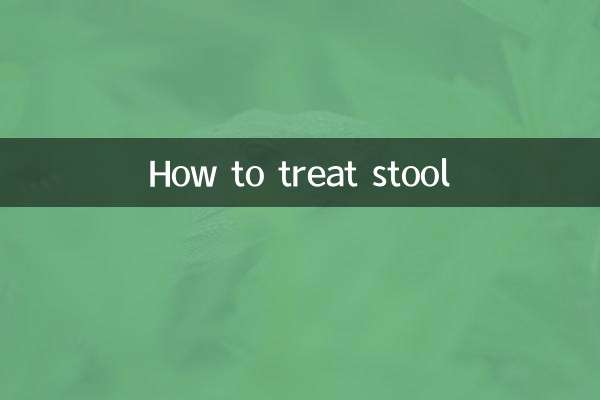What to do if the yellow-headed lateral neck turtle enteritis? Analysis of popular turtle raising problems in the entire network in the past 10 days
Recently, the issue of pet turtle enteritis has become one of the hot topics of discussion among turtle enthusiasts. As a common pet turtle species, yellow-headed side-necked turtle has attracted much attention. This article will combine the popular topics of turtle raising in the entire network for nearly 10 days to analyze the prevention and treatment methods of yellow-headed and cervical turtle enteritis for you.
1. Symptoms of yellow-headed lateral neck turtle enteritis

| Symptom Types | Specific performance | Danger level |
|---|---|---|
| Loss of appetite | Rejection or decreased significantly | ★★★ |
| Abnormal bowel movements | Thin and soft feces, bloody or mucus | ★★★★ |
| Decreased activity | Depressed, less motivated | ★★★ |
| Floating phenomenon | Floating on the water for a long time | ★★★★ |
| Eye abnormality | Swelling of eyelids and increased secretions | ★★ |
2. Analysis of common causes of enteritis
According to data from the turtle care forum in the past 10 days, the main causes of yellow-headed lateral neck turtle enteritis include:
| Type of cause | Percentage | Preventive measures |
|---|---|---|
| Water quality issues | 42% | Change water regularly to keep the water clean |
| Improper feed | 28% | Provide fresh and diverse food |
| The temperature suddenly changes | 18% | Maintain a constant temperature environment |
| Bacterial infection | 12% | Regular disinfection of feeding environment |
3. Effective methods for treating enteritis
1.Isolation treatment: If a diseased turtle is found, it should be isolated immediately to avoid cross-infection.
2.Increase water temperature: Maintaining the water temperature at 28-30℃ will help enhance the immunity of the tortoise.
3.Drug treatment:The following are several popular treatment options recently:
| Drug name | Usage Dosage | Treatment | Things to note |
|---|---|---|---|
| Otaphagycin | 5mg per 500g weight | 5-7 days | Save from light |
| Fluphenicol | Weight per kg 10mg | 3-5 days | Not available for a long time |
| Probiotics | Use according to the instructions | 7-10 days | 2 hours apart from antibiotics |
4.Diet conditioning: During the treatment period, you can feed easily digestible foods, such as pumpkin puree, banana, etc.
4. Daily management points for preventing enteritis
1.Water quality management: Change the water 1-2 times a week, 1/3-1/2 of each time.
2.Scientific feeding: Follow the principle of "small amounts and multiple times" to avoid food residues contaminating water quality.
3.Temperature control: Keep the water temperature stable between 25-28℃ to avoid excessive temperature difference.
4.Regular inspections: Observe the activity status and bowel movements of the turtle every week.
5. Popular Q&A in recent days
| question | Expert answer |
|---|---|
| Can enteritis turtle heal itself? | Mild symptoms may heal themselves, but prompt treatment is recommended to prevent worsening |
| Do you need to stop eating during treatment? | Determine the severity of the disease, you need to stop eating for 1-2 days in severe cases. |
| Will enteritis be transmitted to other turtles? | Bacterial enteritis is contagious and requires isolation and treatment |
| How to determine whether the enteritis is getting better? | Observe appetite recovery and feces formation |
6. Summary
Yellow-headed, lateral neck turtle enteritis is a common but preventable and curable disease. Through scientific feeding management and timely therapeutic intervention, most cases can be well recovered. It is recommended that turtle enthusiasts observe the status of their pets more often and deal with problems in time when they find them. If the symptoms persist or worsen, consult a professional veterinarian in a timely manner.
Recently, popular topics about turtle raising have also shown that more and more turtle raising enthusiasts are beginning to pay attention to turtle welfare and scientific feeding methods. Maintaining a good breeding environment and preventing the occurrence of diseases is the key to raising turtles.

check the details

check the details